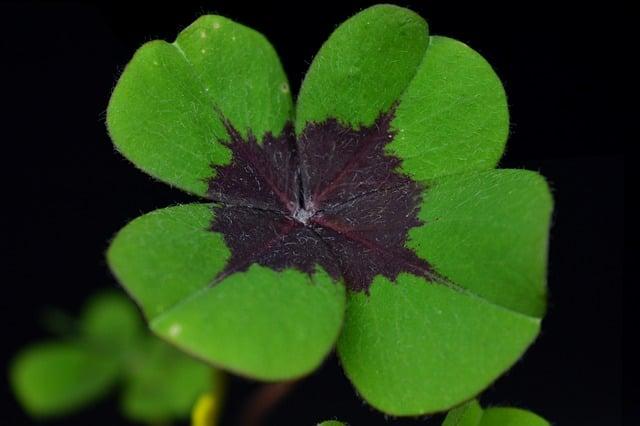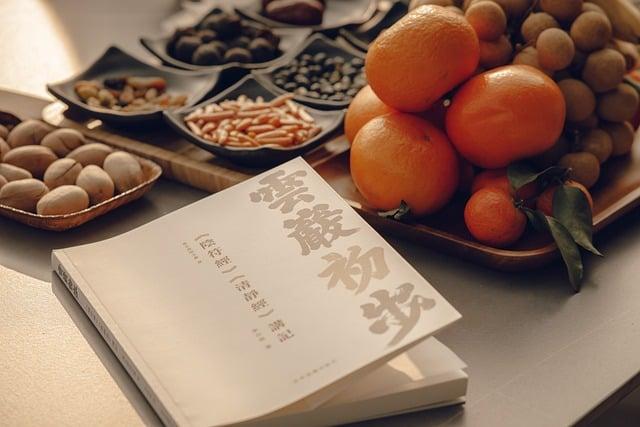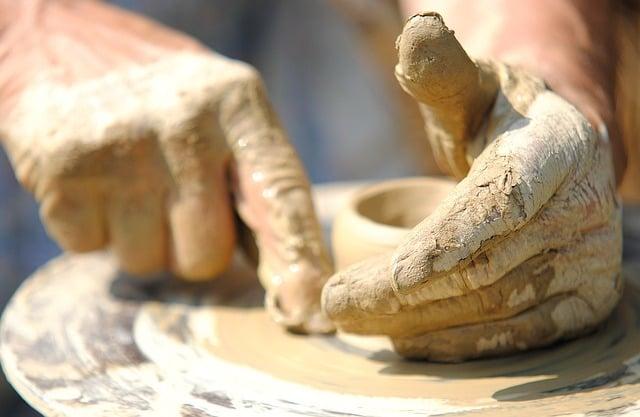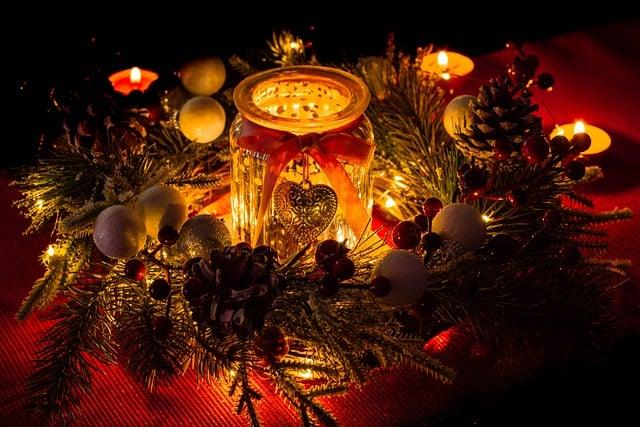In a quaint village, every spring, the townsfolk gathered to weave vibrant wreaths from fresh flowers. Each wreath told a story: the daisies symbolized new beginnings, while the lavender whispered of calm. As they adorned their doors, the villagers believed these circular creations invited joy and prosperity. One year, a traveler passing through noticed the wreaths and asked their purpose. The villagers smiled, explaining that wreaths were not just decorations; they were a celebration of life’s cycles, a reminder that beauty blooms anew, year after year.
Table of Contents
- The Cultural Significance of Wreaths Across Different Traditions
- Exploring the Symbolism Behind Wreaths in Celebrations and Mourning
- Practical Tips for Choosing the Perfect Wreath for Any Occasion
- Crafting Your Own Wreath: A Step-by-Step Guide to Personalization
- Q&A

The Cultural Significance of Wreaths Across Different Traditions
Wreaths have woven themselves into the fabric of various cultures, symbolizing a multitude of meanings that transcend time and geography. In ancient Greece, wreaths made of laurel leaves were awarded to victors in athletic competitions, signifying honor and achievement. Similarly, in Roman culture, they were used to adorn the heads of emperors and military leaders, representing triumph and glory. In contrast, many Indigenous cultures incorporate wreaths into their rituals, using them as offerings to honor the earth and its cycles, reflecting a deep connection to nature and spirituality.
In more contemporary settings, wreaths have become synonymous with celebration and remembrance. During the holiday season, evergreen wreaths are hung on doors as a symbol of eternal life and renewal, while in Christian traditions, they often represent the Advent season, marking the anticipation of Christ’s birth. Additionally, wreaths are used in memorial services, crafted from flowers or greenery to honor the deceased, symbolizing the circle of life and the continuity of love. This versatility in meaning showcases how wreaths serve as a powerful emblem across different traditions, embodying themes of victory, remembrance, and the cyclical nature of existence.

Exploring the Symbolism Behind Wreaths in Celebrations and Mourning
The circular shape of wreaths has long been associated with the concept of eternity, symbolizing the unending cycle of life, death, and rebirth. In celebrations, such as weddings and holidays, wreaths often represent joy and abundance. They are adorned with vibrant flowers, greenery, and sometimes fruits, each element carrying its own significance. For instance, **roses** may symbolize love, while **laurel** can denote victory and honor. The act of wearing or displaying a wreath during festive occasions serves as a reminder of the beauty of life and the connections we share with one another, creating a sense of unity and celebration among participants.
Conversely, wreaths also hold a profound significance in mourning rituals, where they embody remembrance and respect for those who have passed. Typically crafted from evergreen materials, these wreaths symbolize the enduring nature of the human spirit and the hope of renewal. During funerals or memorial services, they are often placed on graves or displayed prominently, serving as a poignant tribute. The use of **white flowers** may signify purity and peace, while **purple blooms** can represent mourning and reflection. In this context, wreaths become a powerful emblem of love and remembrance, bridging the gap between the living and the departed, and allowing us to honor the memories of those we have lost.

Practical Tips for Choosing the Perfect Wreath for Any Occasion
Choosing the right wreath can elevate any occasion, whether it’s a festive celebration or a solemn remembrance. Start by considering the **theme** of your event. For seasonal festivities, opt for wreaths that incorporate traditional colors and elements, such as vibrant reds and greens for Christmas or pastel hues for spring celebrations. Additionally, think about the **size** and **placement** of the wreath. A larger wreath can make a bold statement on a front door, while smaller, more delicate designs may be better suited for indoor spaces or as table centerpieces.
Next, pay attention to the **materials** used in the wreath. Natural elements like dried flowers, twigs, and leaves can add an organic touch, while artificial options offer durability and versatility. Consider incorporating **personal touches** that reflect the personality of the occasion or the individuals involved. This could include adding ribbons, ornaments, or even photos to create a unique and memorable piece. Lastly, don’t forget to think about the **seasonality** of your wreath; choosing seasonal foliage not only enhances the aesthetic but also connects the wreath to the time of year, making it more meaningful.

Crafting Your Own Wreath: A Step-by-Step Guide to Personalization
Creating a personalized wreath allows you to express your unique style and celebrate the seasons in a way that resonates with you. Start by gathering your materials, which can include a base (like a foam or grapevine wreath), various types of foliage, flowers, and decorative elements. Consider the theme you want to convey—whether it’s a vibrant spring look, a cozy autumn vibe, or a festive holiday spirit. As you assemble your wreath, think about incorporating elements that hold personal significance, such as:
- Favorite colors that reflect your personality
- Sentimental items like family heirlooms or mementos
- Seasonal accents that evoke memories or traditions
Once you have your base and decorations, begin layering your materials. Start with larger items to create a foundation, then fill in with smaller accents for depth and texture. Don’t be afraid to experiment with different arrangements until you find a composition that feels right. secure everything in place with floral wire or hot glue, and consider adding a personal touch, such as a hand-painted sign or a ribbon in a style that speaks to you. This process not only results in a beautiful piece of art but also allows you to reflect on what each element means to you, making your wreath a true representation of your individuality.
Q&A
-
What is the significance of wearing a wreath?
Wreaths symbolize various meanings depending on the context. They often represent victory, honor, and remembrance. In many cultures, wearing a wreath can signify celebration, such as during festivals or weddings, while in others, it may be a tribute to those who have passed away.
-
Are wreaths worn for specific occasions?
Yes, wreaths are commonly worn during specific occasions. They are popular in celebrations like Christmas, where they adorn doors and homes, and during funerals as a sign of respect. Additionally, they can be worn during ceremonies, parades, or cultural festivals.
-
What materials are used to make wreaths for wearing?
Wreaths can be crafted from a variety of materials. Common choices include:
- Floral elements: Fresh or dried flowers and leaves.
- Natural materials: Twigs, vines, and grasses.
- Fabric: Ribbons and textiles for decorative purposes.
- Artificial materials: Plastic or silk for durability.
-
How do cultural traditions influence wreath-wearing?
Cultural traditions play a significant role in how wreaths are worn and their meanings. For instance, in ancient Greece, laurel wreaths were awarded to victors in athletic competitions, while in modern times, different cultures may use wreaths in religious ceremonies or seasonal celebrations, each carrying its unique symbolism.
wreaths transcend mere decoration; they embody tradition, celebration, and connection. Whether hung on doors or worn as crowns, these circular symbols remind us of life’s cycles and the beauty of togetherness. Embrace the wreath’s timeless charm!

大家好,我是彼得潘,專業的手法身體治療師。我喜歡探索和研究各種主題,並透過與人工智慧的合作分享專業、實用、有趣的文章。我們定期進行人工審核,以確保內容的準確性。如果您發現文章中有任何不準確的地方,請隨時與我們聯繫,我們會及時糾正。您可以透過 [email protected] 與我們聯繫。



